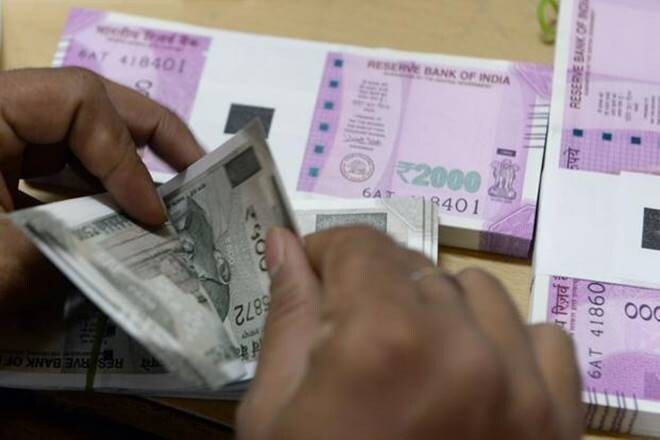It was the winter session in 2015 when Finance Minister Arun Jaitley introduced the Insolvency and Bankruptcy Code (IBC) in the Lok Sabha, a tailor-made code for the resolution of NPAs (Non-Performing Assets) in the banking system, which by then had already risen to over 9% of the total loans in the country.
The IBC was passed by Lok Sabha on May 5, 2016, and it received the assent of then President Pranab Mukherjee on May 28, 2016, and became operational from December 2016. Later in May 2017, the Narendra Modi infused the Reserve Bank of India (RBI) with more legislative powers to initiate proceedings to recover bad loans for an effective use of IBC.
A month after that the central bank swung into action and identified 12 big accounts for an immediate resolution. These 12 accounts, constituting 25% of country’s total bad loans, were subsequently admitted by insolvency court National Company Law Tribunal (NCLT). Of these, Bhushan Steel — the largest account with Rs 45,000 crore loan default — has already found a buyer in less than eight months.
Also Read: First under IBC: Tata Steel bags bankrupt Bhushan Steel, Rs 45,000 crore NPA all set for resolution
With Tata Steel emerging as the biggest bidder for Bhushan Steel with its Rs 17,000 crore offer to the lenders and another Rs 7,200 crore for the company’s operations, the good news is that banks would recover a substantial portion of their money after the haircuts, and at the same time, the company remains operational. Meanwhile, in the case of Amtek Auto which has a loan default of Rs 14,074 crore, the UK-based Liberty House has emerged biggest bidder.
Besides these two, resolution process for other big accounts with the huge amount of NPAs is underway, with companies such as JSW Group, ArcelorMittal and Adani Group showing interest in purchasing the bankrupt companies and their liabilities.
The bidding process is currently underway for Essar Steel, which has a Rs 37,284 crore loan default. There too, ArcelorMittal and Russia’s Numetal are engaged in a close fight for the prize. With the aggression shown by both the players, it is likely that the haircut in this case too would be minimal for the lenders. Though both the bids still remain under the cloud owing to a clause relating to conflict of interest.
Other accounts under bidding are Monnet Ispat and Energy for Rs 12,115 crore and Jaypee Infratech Rs 9,635 crore. The total amount of NPAs expected to be resolved soon adds up to over Rs 1 lakh crore, which the banks might not have seen again.
And for Arun Jaitley, the aim was not just to get the NPAs resolved but to ensure that the moral hazard of promoters buying their own companies back at a discounted price after running them to ground is eliminated. When the Finance Ministry was intimated of such attempt, Arun Jaitley moved fast and brought in an amendment via Ordinance to bar wilful defaulters, defaulting promoters and related persons from bidding during insolvency proceedings.
The amendment was passed by both houses of the Parliament in winter session last year. Moreover, the RBI taking a step ahead recently subsumed 28 different schemes of asset resolution into a uniform and timely one in line with the IBC to stop evergreening of the bad loans.
Also Read: In late night notification, RBI orders immediate and complete overhaul of bank NPA cleanup
The IBC, which has been lauded by many international agencies including the World Bank, is still testing the water, but the Bhushan Steel bid gives a good start and allays the fear that a stringent insolvency law would find no takers and the banks would be exposed to more haircuts.

